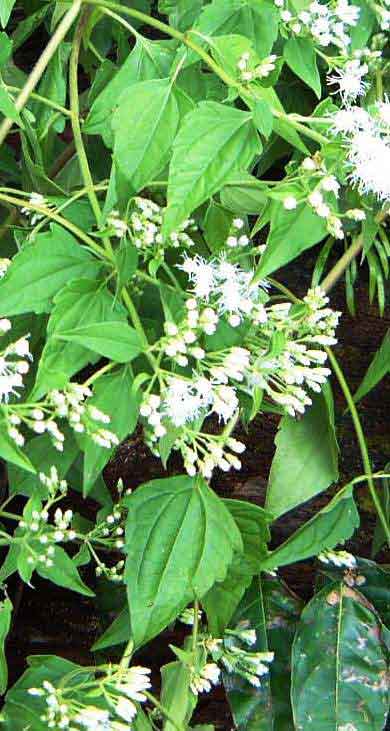Early Detection
The early detection of an invader can be an important step in a successful management outcome. If invaders are to be detected early, then regular, targeted surveys are needed, and a clear plan of action needs to be in place should an invader be encountered.
Review sections 4.1- 4.3 in the GISP Toolkit (Wittenberg & Cock 2001). In particular read the case study on the detection of Siam weed (Chromolena odorata) in Queensland.
While reading this section, consider the following question: What features of tropical Australia make early detection particularly challenging?
Once an organism becomes naturalised, there is usually a delay or "lag phase" before the invader occupies its limits of its new range. There is much variation in the duration of the lag phase and Mack et al. (2000)
The GISP Toolkit outlines some examples with lag phases varied from almost nothing to over decades. It is interesting to note that during this lag phase it is difficult to distinguish between populations that may go extinct from those that may become future problems.

Siam Weed in flower